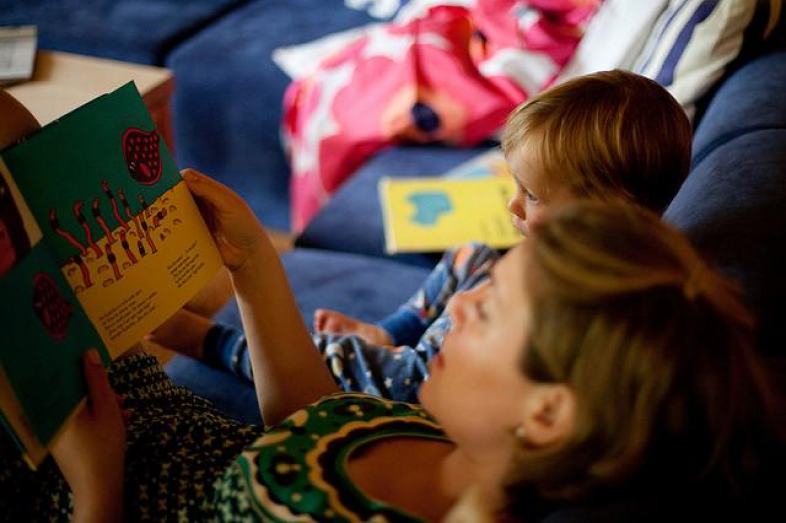

When comparing 9-month-old babies of various ethnicities, a new study finds there aren’t many differences in infants’ abilities to recognize words and gestures or manipulate objects. By age 2, however, gaps start to emerge.
“Differing Cognitive Trajectories of Mexican American Toddlers: The Role of Class, Nativity, and Maternal Practices” — the latest in a series of reports on Latino children by University of California, Berkeley researchers — was released today for the Hispanic Journal of Behavioral Sciences. It examines when the achievement gap between Latino children and their white peers starts to appear. The study was based on a nationally representative sample of 4,550 children — infants through age 2 and a half.
The disparities are most obvious in Mexican-American toddlers, especially those raised by immigrant parents. This gap was tied to “weaker maternal education and less frequent educational practices at home,” according to a news release.
Eighteen percent of Mexican-American mothers who spoke to their children in Spanish read to them daily, compared with 28 percent of mothers of the same ethnicity who spoke English in the home and 59 percent of white mothers, researchers found. Also, children whose mothers praised and encouraged them during the mother-child interaction tasks evaluated in the study, as well as toddlers whose mothers worked outside the home, were more likely to experience cognitive growth closer to that of their white peers.
Source: “Differing Cognitive Trajectories of Mexican American Toddlers: The Role of Class, Nativity, and Maternal Practices,” University of California, Berkeley, Institute of Human Development, 2015.
Previous research has shown that while the social emotional skills of Latino children are on par or better than their peers, upon entering kindergarten, they lag far behind in academic readiness, struggling in both reading and math.
“For many Latinos, the home is a nurturing and supportive environment, but it’s not necessarily infused with rich language and cognitive challenges,” Bruce Fuller, the lead researcher on the new study, told the Los Angeles Times. “Being warm and fuzzy may lead to well-behaved youngsters but it doesn’t necessarily advance a young child’s cognitive agility.”
But according to the study, the disparities among Mexican-American preschoolers remains “paradoxical.”
It remains unclear theoretically why children’s early attributes, maternal practices, or home contexts would yield strong growth in certain domains but not in the cognitive sphere….While Mexican American mothers exercise practices that yield healthy births and supportive home environments—resulting in robust social development—their children’s developmental pathways may differ when it comes to early communications, cognitive, and preliteracy skills. But little is known about the drivers of these contrasting pathways, either relative to [white] mothers and families or among Mexican American subgroups.
At least one thing is clear, however. Latino children are less likely to be enrolled in preschool than other ethnic groups.
The study suggests quality preschool could narrow about two-fifths of the achievement gap between Mexican-American toddlers whose home language is English and their white peers. It could narrow about one-third of the gap for toddlers of Mexican-American descent who come from Spanish-speaking households.
For more coverage of this report, check out Teresa Watanabe’s story in the Los Angeles Times.
